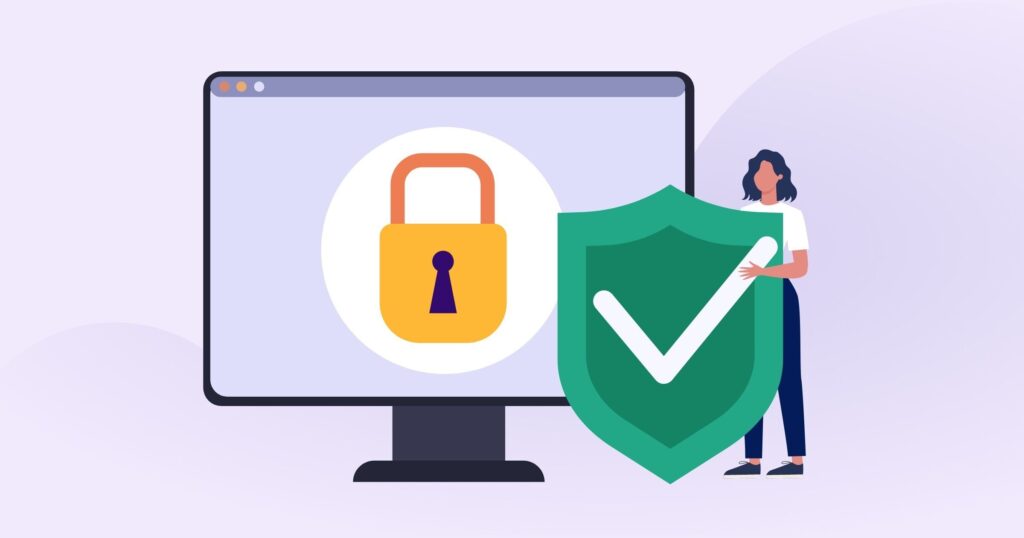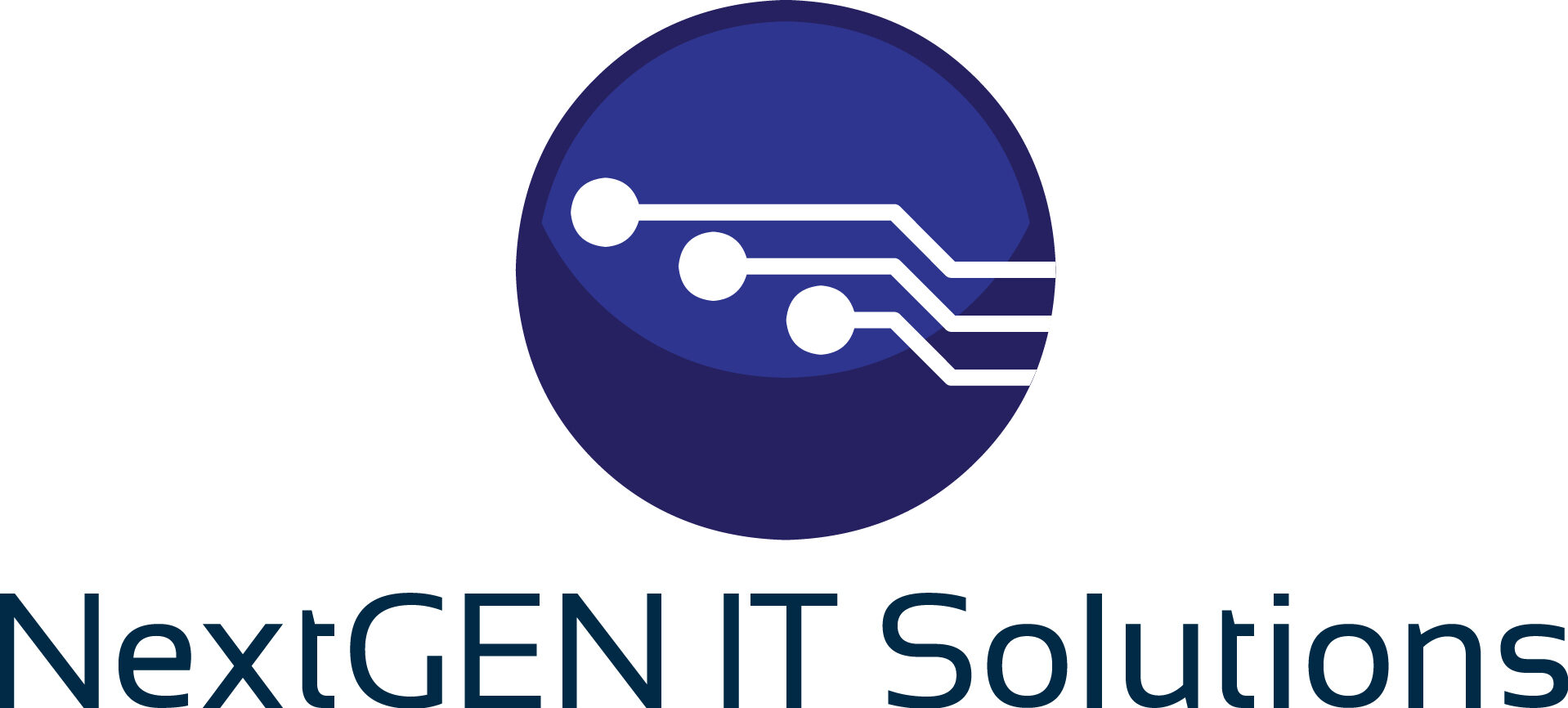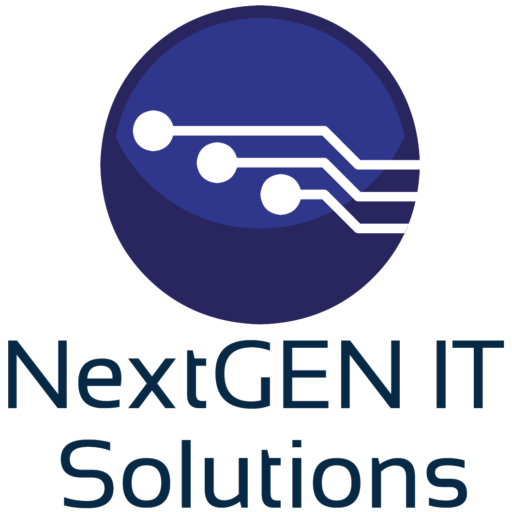Vendor Access Risks: How to Lock Down Third-Party IT Access

How Vendor Access Is Putting Your Business at Risk—and What to Do About It
Your business doesn’t operate in a vacuum.
You work with payroll providers, accounting firms, web developers, IT consultants, marketing agencies, SaaS tools—and they all need some level of access to your systems.
But what happens when one of those third parties:
- Gets hacked?
- Reuses weak passwords?
- Has a disgruntled employee?
- Leaves open access long after their project ends?
You guessed it: your business becomes the victim.
In 2025, third-party access is one of the fastest-growing cyberattack vectors—especially for small businesses who trust vendors without verifying their controls.
Let’s unpack the risks and show how to lock down vendor access before it locks you out.
Why Third-Party Access Is So Dangerous
According to IBM’s 2024 Cost of a Data Breach Report:
- 15% of SMB breaches are traced back to vendor or contractor access
- Average time to detect third-party breaches: 272 days
- These attacks often result in higher fines due to compliance violations
You can do everything right internally—but if your vendor is careless, you pay the price.
Real Example: Vendor Logs Left Open for Months
A Pittsburgh-area financial services firm gave a contractor temporary access to upload reports. But no one disabled the account afterward.
A phishing attack against that vendor led hackers straight into the client’s shared folder structure—including folders with customer PII.
The breach triggered an FTC investigation and required legal notification to over 1,000 clients.
Common Ways Vendor Access Goes Wrong
- Shared login credentials between employees or companies
- No expiration date on temporary access
- Admin-level privileges granted for convenience
- No logging or monitoring of third-party actions
- Unsecured remote access tools (e.g., TeamViewer with weak passwords)
- No vetting or review of vendors’ own security policies
- Multiple vendors accessing the same systems without segmentation
How to Secure Third-Party Access the Right Way
NextGEN IT Solutions helps SMBs across Western PA implement Zero Trust principles and secure vendor access without slowing down business.
Here’s how we do it:
1. Identity and Access Management (IAM)
We implement IAM controls that:
- Require unique logins for every user—including third parties
- Enforce least privilege (vendors only see what they need)
- Set time-based or project-based access windows
- Require MFA on all accounts
2. Role-Based Access Control (RBAC)
We configure systems to give access based on role, not convenience.
- Bookkeeper gets access to finance—not HR files
- Marketing agency gets web server—not client directories
- Temporary access expires automatically
This reduces your blast radius if an account is compromised.
3. Vendor Access Policies
We write and enforce clear vendor policies, including:
- Security requirements for vendors (password policies, encryption, device use)
- NDA and breach notification terms
- Requirements for timely access removal
- Ongoing access audits
4. Secure Remote Access Tools
We replace risky remote tools with:
- Encrypted VPN with MFA
- Remote desktop gateways
- Microsoft Entra ID (Azure AD) Conditional Access Policies
- Session logging and access alerts
5. Activity Monitoring and Alerts
We use endpoint and network tools to:
- Log all vendor access
- Detect abnormal behavior (data export, privilege changes)
- Alert our team to review activity in real-time
- Lock down systems immediately if something’s wrong
Who Needs Vendor Access Controls?
Your business is at risk if:
- Any third party logs into your systems
- You share credentials with outside partners
- You use cloud tools that connect to internal data
- You don’t have an access review schedule
- You’ve never deactivated an old vendor account
Compliance and Cyber Insurance Implications
FTC Safeguards Rule, HIPAA, and GLBA all require controls around third-party access. So do cyber insurance questionnaires.
In fact, many insurers now ask:
- How do you manage vendor access?
- Are third-party logins monitored?
- What security requirements do you place on partners?
If your answers are vague, expect coverage denials—or claim rejections after a breach.
Why Work with NextGEN IT Solutions?
We help local SMBs:
- Identify and document all third-party access points
- Implement secure IAM and monitoring tools
- Audit and remove unnecessary access
- Build policies that protect your data
- Meet compliance and insurance requirements
Whether you’ve got two vendors or twenty, we make it manageable—and secure.
Let’s Lock Down Vendor Risk
Start with a Free Access Risk Assessment and we’ll:
- Identify third-party access you may have forgotten about
- Check your current security controls
- Recommend fixes to align with Zero Trust and insurance compliance
- Help you write vendor access policies that work
📞 Call 724-204-1950
📩 Or visit nextgen-itsolutions.com/contact
Final Thoughts
Trust is not a strategy. Third-party access is a modern-day Trojan horse—and the attackers know it.
With smart controls, policies, and monitoring, you can collaborate with vendors without exposing your business.
Let NextGEN IT Solutions help you secure your partnerships and protect your future.



